From Ancient Foundations to Modern Marvels: The Evolution of UAE in Architecture and Design
Over the past fifty years, the architectural landscape of the United Arab Emirates has undergone a dramatic transformation. From its early days of modest Bedouin structures, traditional wind towers, and small commercial hubs, UAE has evolved into a metropolis known for its towering skyscrapers, cutting-edge designs, and expansive suburban developments. This swift metamorphosis, particularly notable from the late 1980s onward, raises a compelling question: how did the UAE become one of the most distinctive technological hubs in the Arab East?
Dubai’s Cultural Heritage – Ancient Structures and Barajeels
Dubai's ancient architecture was influenced by the Antiquity period, which featured arches, domes, aqueducts, and amphitheatres. They were not only aesthetically pleasing but also highly functional. Arches and domes, for instance, allowed for the creation of large, open interior spaces, while aqueducts demonstrated advanced engineering capabilities for water transport.
Al Ahmadiya School, established in 1912, showcases traditional Emirati architecture with its use of courtyards, wind towers, and decorative arches, blending functional design with historical aesthetics.
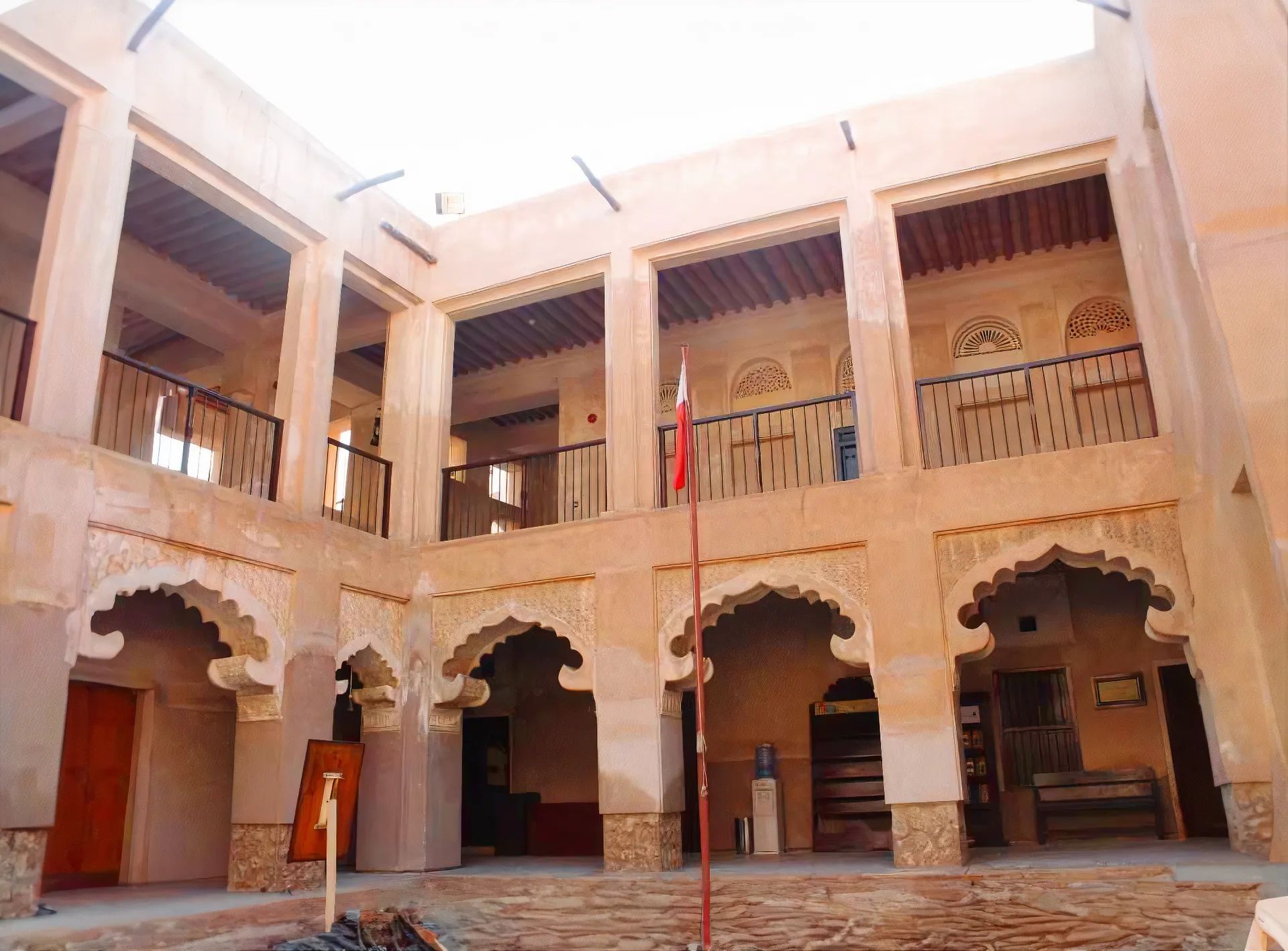
Al Ahmadiya School, 1912
Another example of this is the Jumeirah Mosque, built in the traditional Fatimid style with large domes and arches, reflecting the continuation of ancient architectural principles.
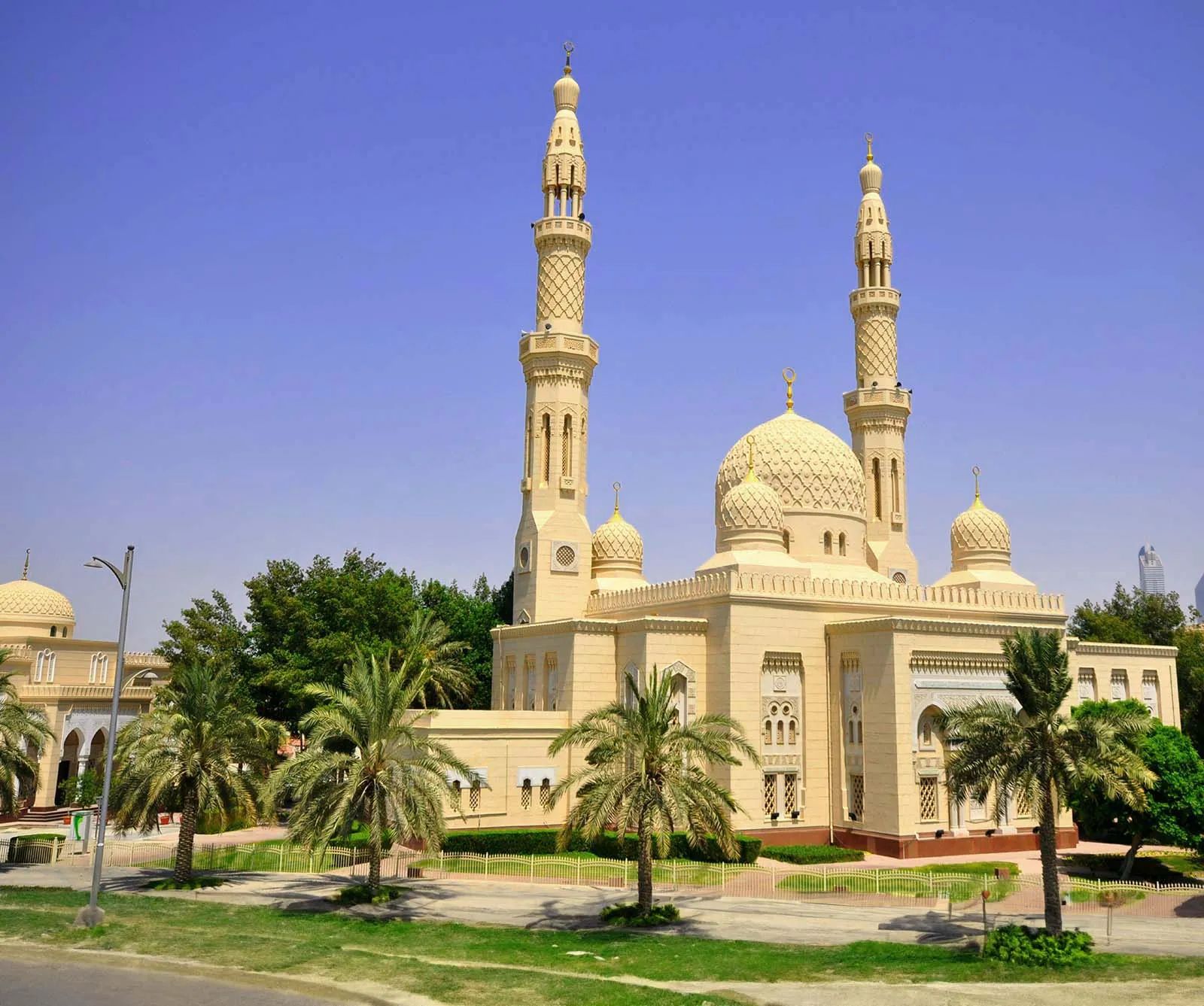
Jumeirah Mosque|
Furthermore, Dubai's architecture was deeply influenced by traditional Islamic designs that were both functional and harmonious with the harsh desert environment.
One of the most distinctive features of this period was the use of wind towers, known locally as Barajeel. These square towers were ingeniously designed as natural cooling systems, directing the wind down into the living spaces below and providing relief from the intense heat. Constructed from locally sourced materials such as coral, mud, palm wood, and gypsum, Barajeel exemplified the resourceful use of available resources. Remnants of these traditional wind towers can still be seen in historical areas like Al Fahidi Historical Neighbourhood, serving as a testament to Dubai’s rich architectural heritage.
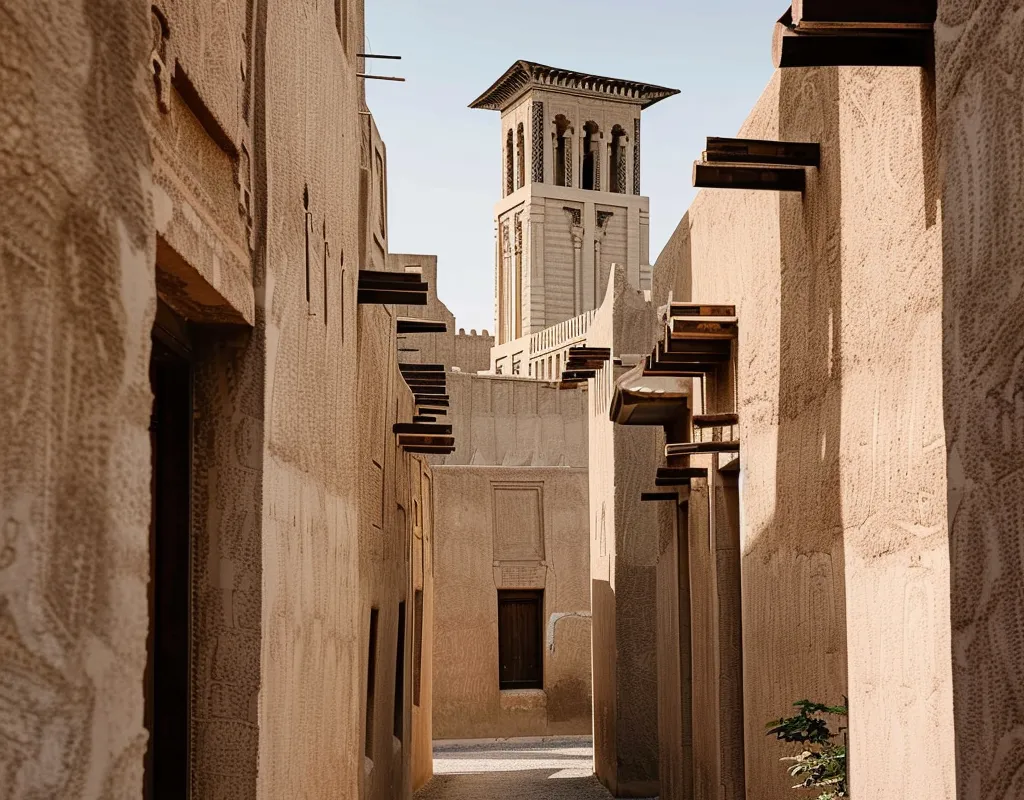
Al Fahidi
Engineers today are drawing inspiration from these ancient cooling techniques as part of a broader movement towards sustainable architecture. For example, Masdar City in Abu Dhabi has incorporated modern interpretations of Barajeel to enhance energy efficiency and reduce reliance on air conditioning, showcasing a blend of traditional wisdom and contemporary innovation.
The Industrial Revolution and Its Impact on UAE
The Industrial Revolution, which began in England around 1750 and lasted until sometime between 1820 and 1840, profoundly impacted global architecture and development, including the regions that would later become the United Arab Emirates (UAE).
The influence of British authorities during the Trucial States protectorate resulted in many architectural changes from the Industrial Revolution.
As progressive industrialization and urbanization spread worldwide, new industries emerged, producing durable consumer goods that fueled economic growth and mass production. Thanks to the newly-adopted machine production, many materials became more accessible at that time. This had also led to the adoption of concrete, metal, and glass, the integration of which marked a revolutionary phase in the UAE's architectural landscape, enabling innovative construction technologies.
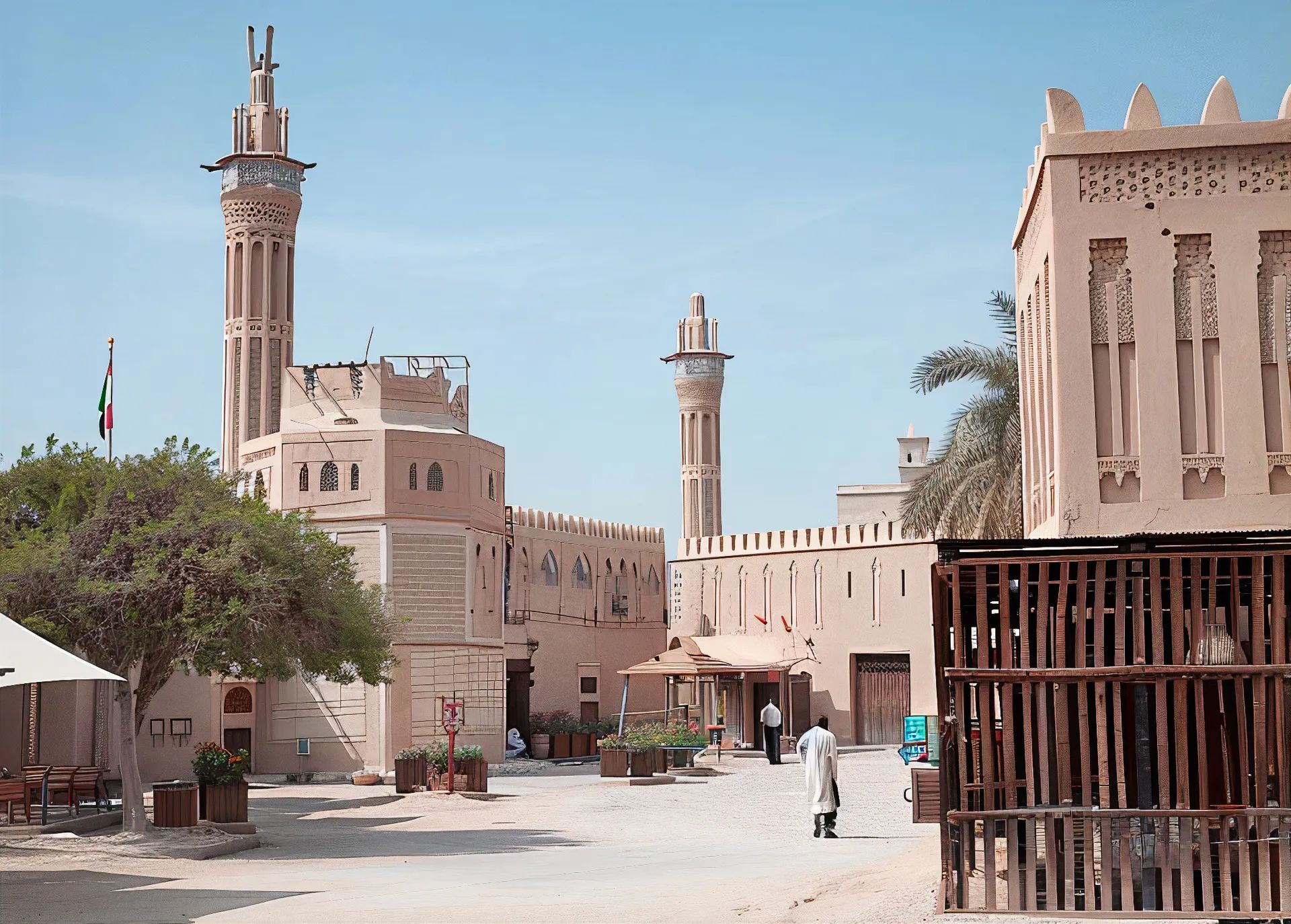
Dubai at the end of the 19th - beginning of the 20th century: architectural transformations
In the late 19th and early 20th centuries, Dubai began to prosper from the pearl trade, which brought increased wealth and international influence. During this era, the city saw the construction of more elaborate and durable buildings using coral stone, supported by wooden poles and adorned with intricate gypsum decorations. This way, Dubai began to absorb influences from foreign traders and visitors, evolving from purely traditional designs to a blend of local and external ones.
The discovery of oil in the 1960s brought another major transformation in Dubai, speeding up modernization and urban development. With increased wealth from oil exports, the introduction of air conditioning and modern construction materials enabled the construction of tall buildings, drastically changing the city's skyline. This period also involved significant investment in infrastructure, such as roads and ports, pushing Dubai further into the modern era.
The Birth of the UAE and the Rise of the Local Art Scene
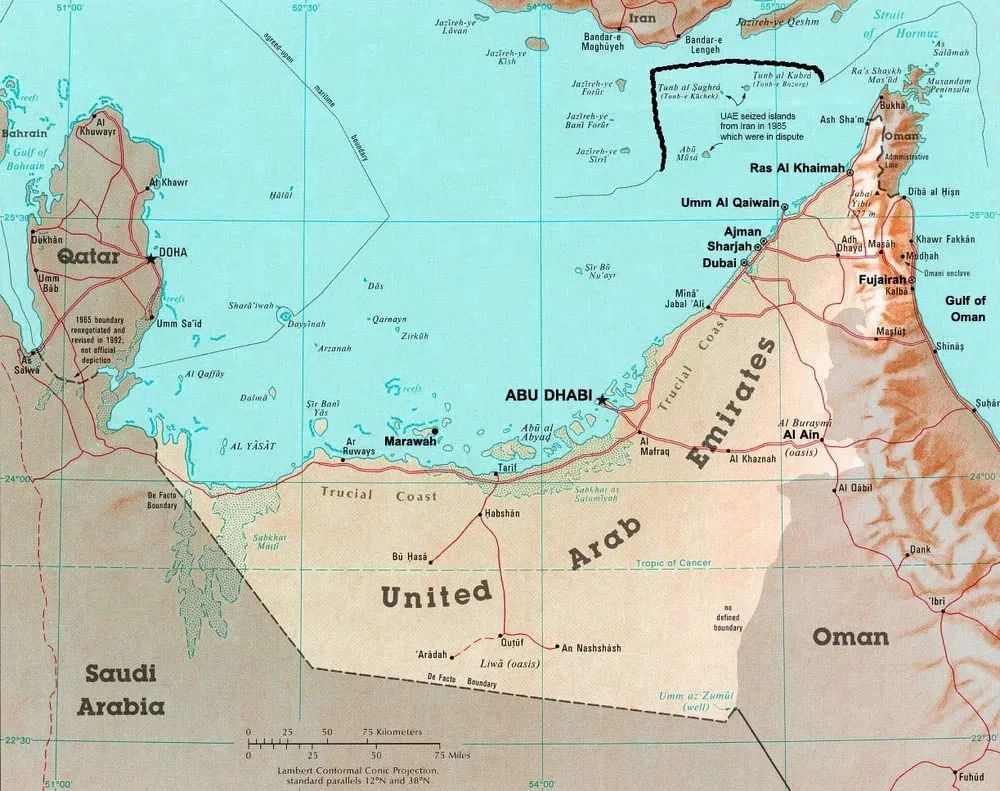
UAE map. Source: fandom.com
After nearly 150 years as the Trucial States, the seven sheikhdoms that were part of it officially formed the United Arab Emirates. Gaining independence in 1971 coincided with a sharp rise in oil and petroleum prices due to Saudi Arabia's strict energy policy. This facilitated the new state's early economic and foreign policy efforts. With oil revenues, the establishment of free economic zones, and strategic investments in industry and agriculture, the Emirates swiftly attained relative economic prosperity. The tourism and financial sectors also saw significant growth.
The formation of the UAE in 1971 was followed by a cultural renaissance in the late 1970s and early 1980s, marked by the emergence of various artistic and architectural projects across the country.
The federation's founder, Sheikh Zayed, along with his wife Sheikh Fatima, played a crucial role in the nation’s rapid growth. Sheikh Fatima established the General Women's Union in 1975 to enhance women's social and economic status. The encouragement led many sheikhas to establish their own art centres, fostering innovative ideas and cultural expression.
In 1979, Sheikh Sultan bin Muhammad Al-Qasimi, the ruler of Sharjah, launched a series of cultural initiatives for an emirate, such as the establishment of a book fair and a theatre. The period saw the construction of iconic buildings that blended traditional Islamic architecture with modern design. The Al Jahili Fort in Al Ain and the Dubai World Trade Centre, completed in 1979, are examples of significant architectural achievements from this time.
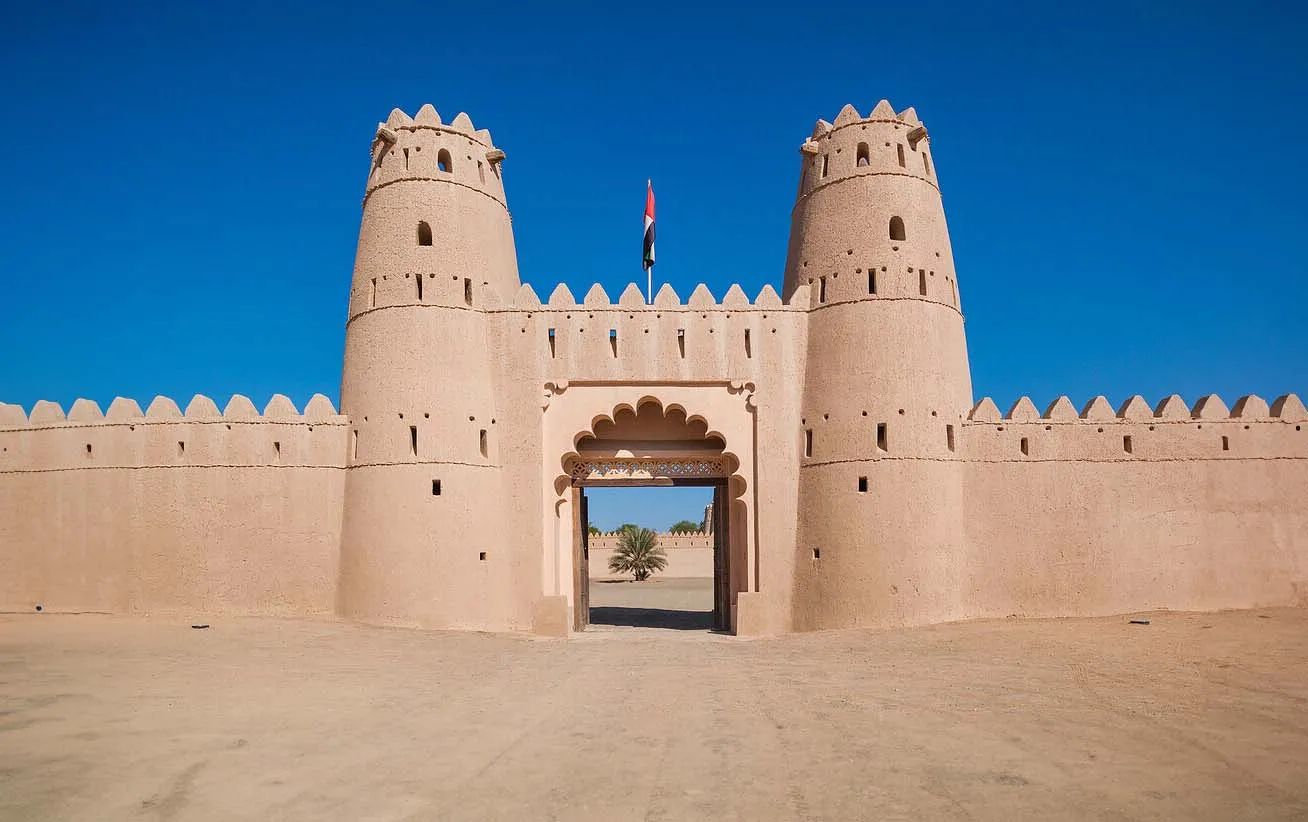
Al Jahili Fort
In the same year, Dubai witnessed the opening of the country's first art gallery, Majlis. It was founded by British expatriate and interior designer Allison Collins. A former family villa in the historic Bastakiya district, purchased in 1976, gradually transformed into an art space, attracting artists for exhibitions. Initially, it was an informal concept, but after a few years, it became a full-fledged commercial gallery.
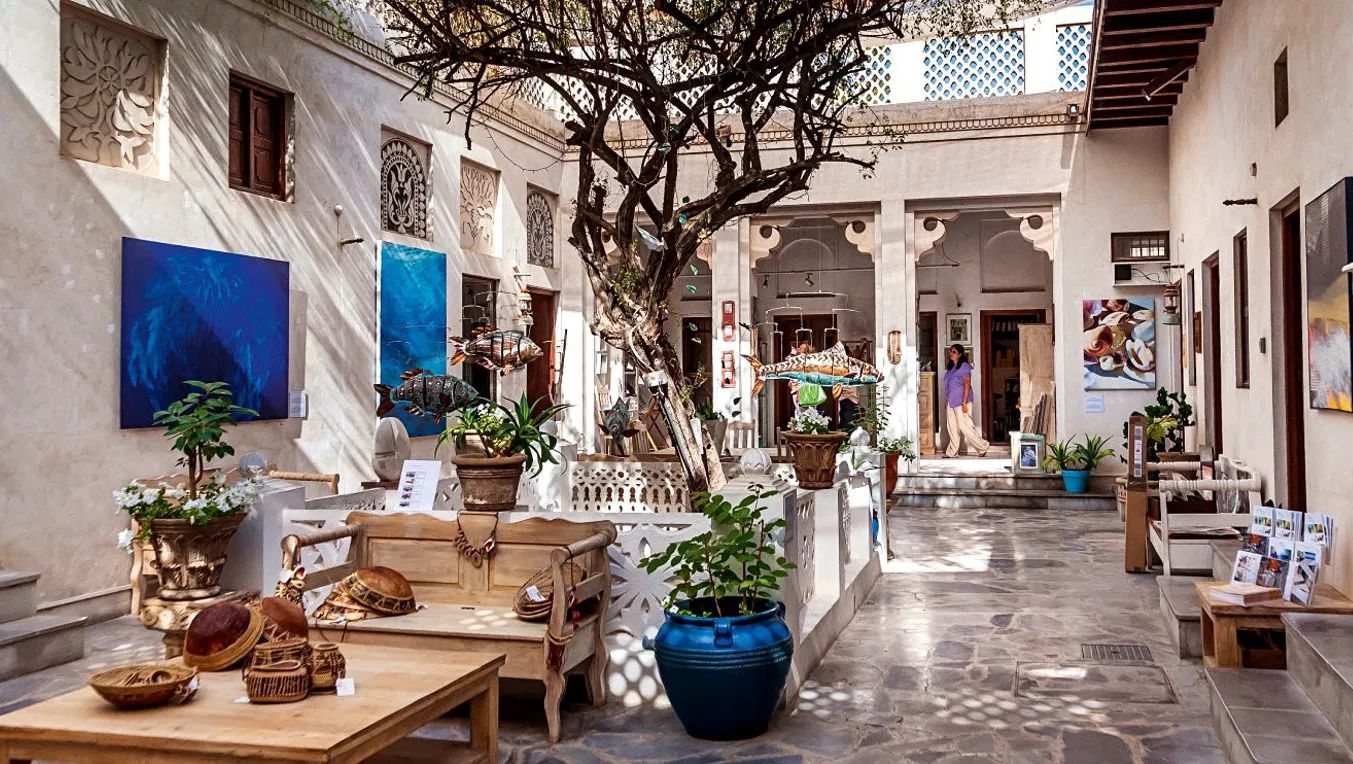
Majlis Art Gallery
The Emirates Fine Arts Society (EFAS) was established in 1980 in Sharjah, offering classes and hosting annual exhibitions for members and invited artists. This sparked substantial artistic growth and vibrant collaboration among talented creators.
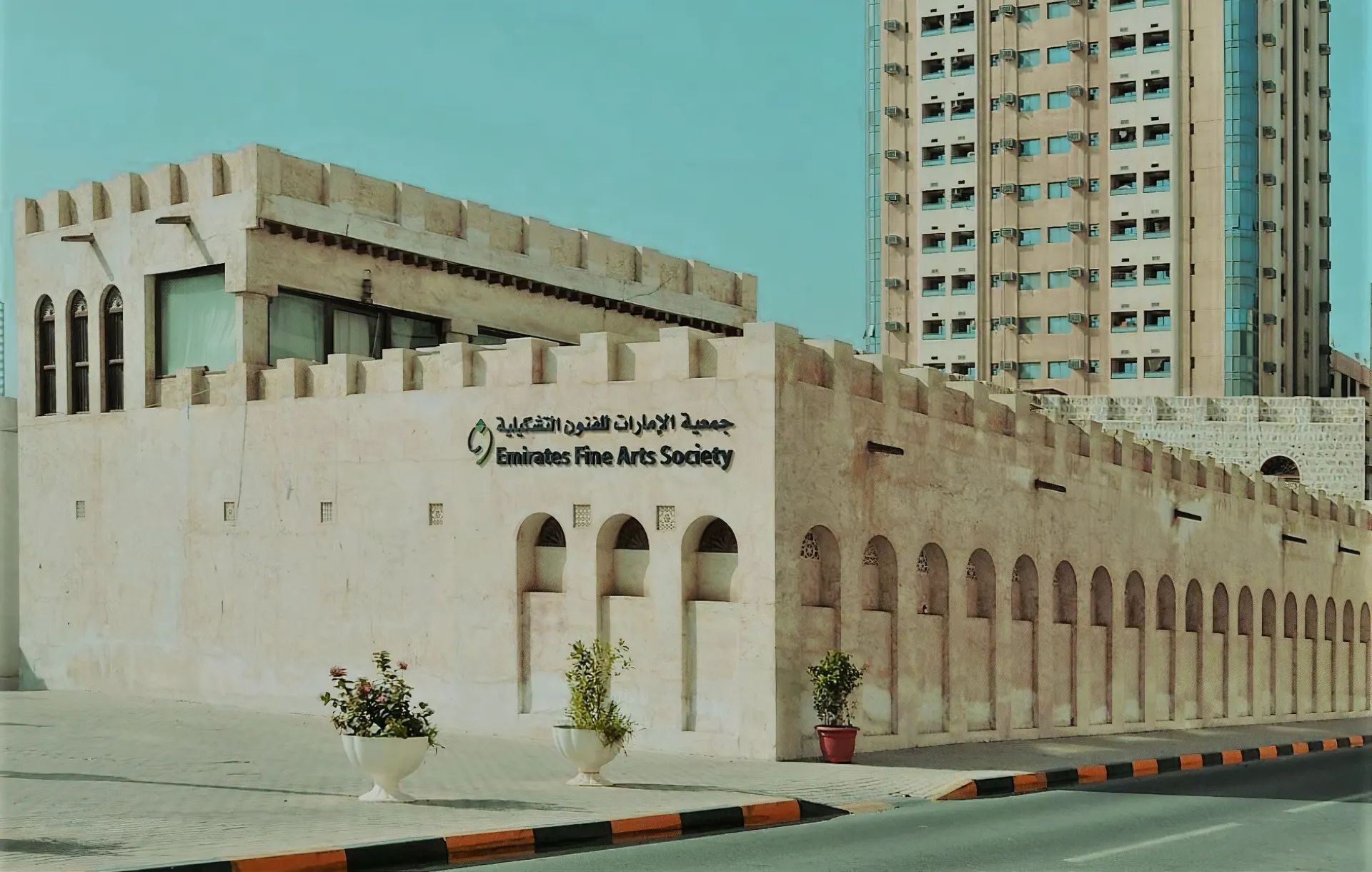
Emirates Fine Arts Society, Sharjah. Source: Facebook
A year later, inspired by Sheikh Zayed's visionary leadership, the Cultural Foundation in Abu Dhabi opened its doors. It quickly became a central hub for arts and culture, housing the first national library and serving as a cornerstone for cultural activities in the emirate.
These early initiatives and institutions played a pivotal role in shaping the UAE’s art and architecture scene, laying the groundwork for the dynamic and diverse cultural landscape that continues to evolve today.
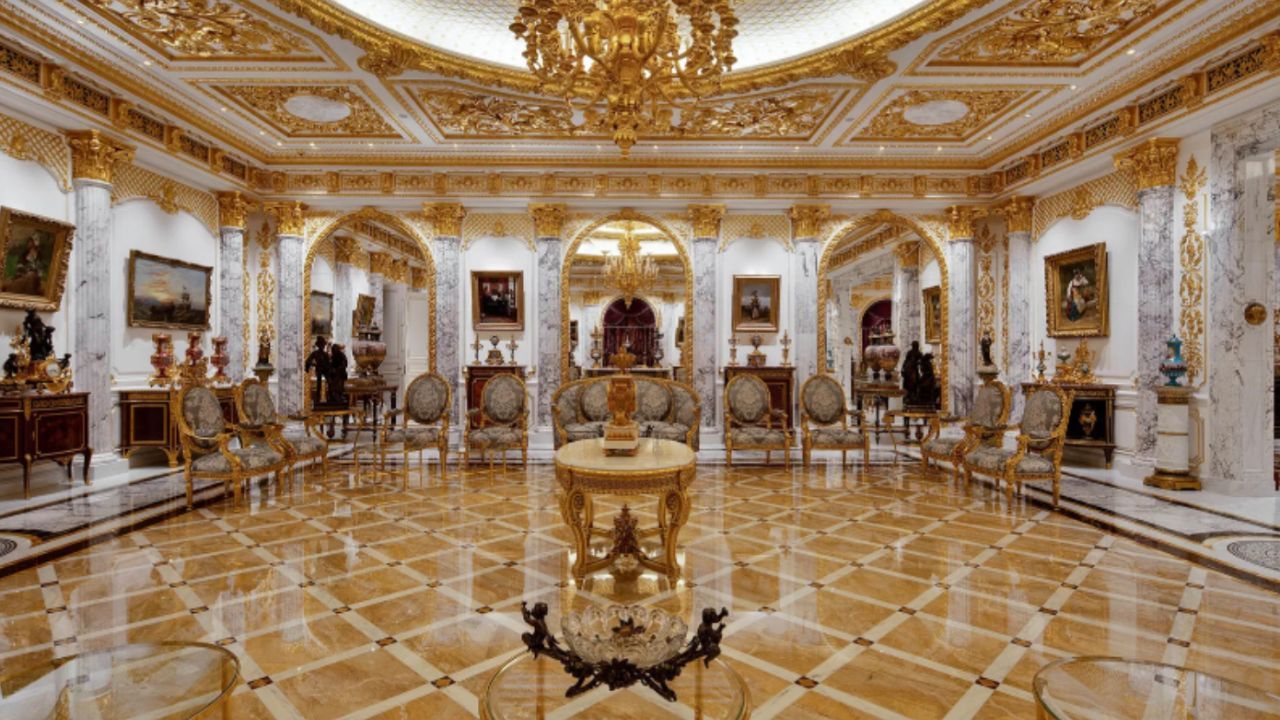
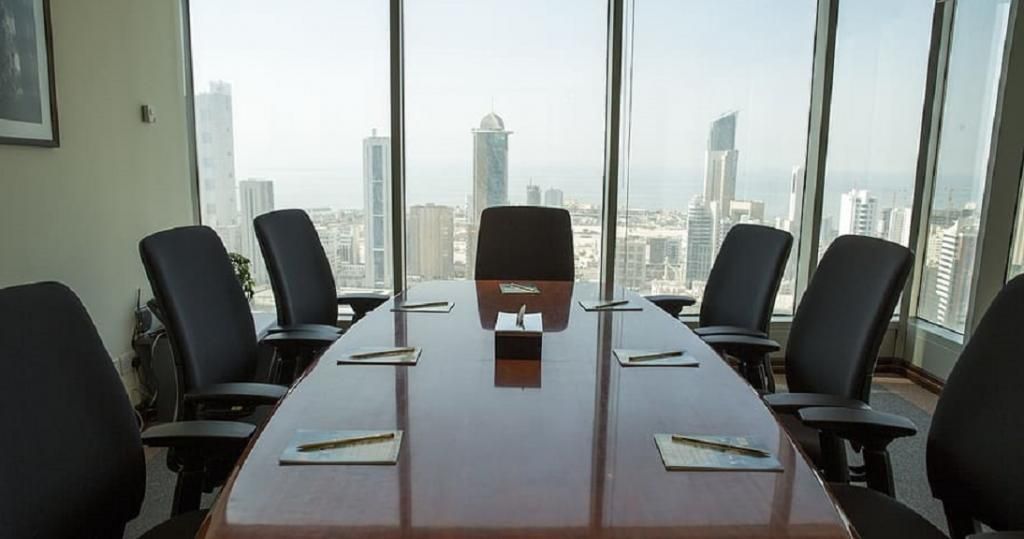
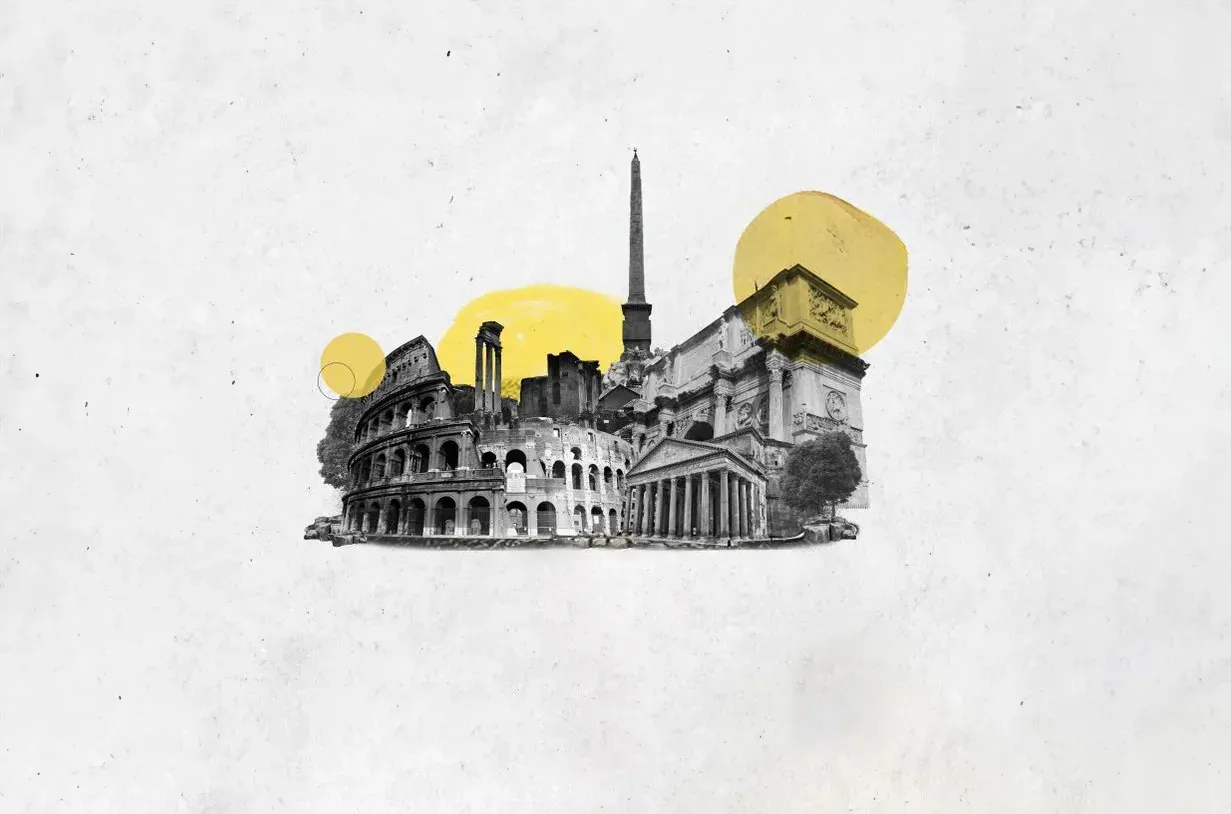
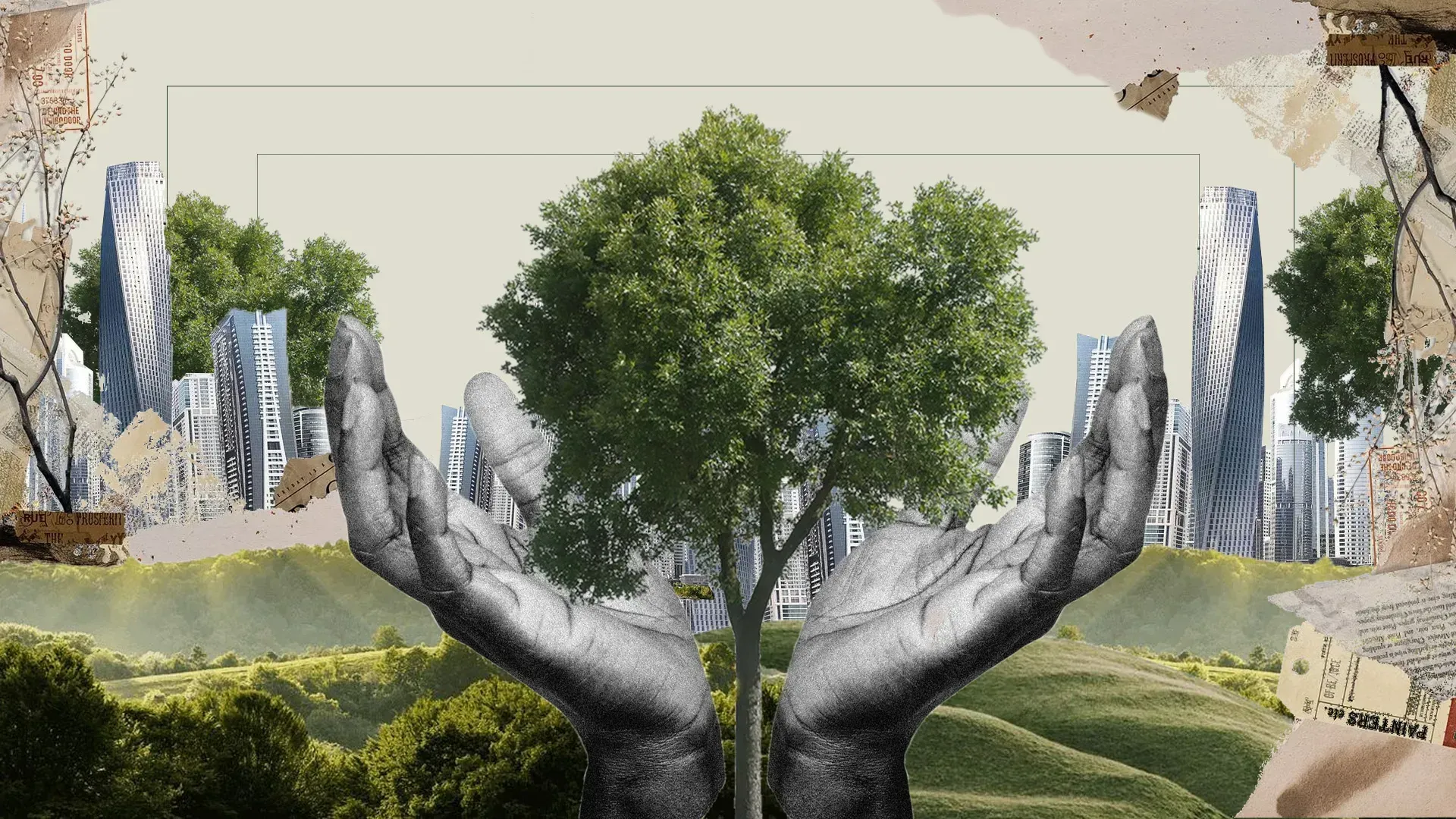
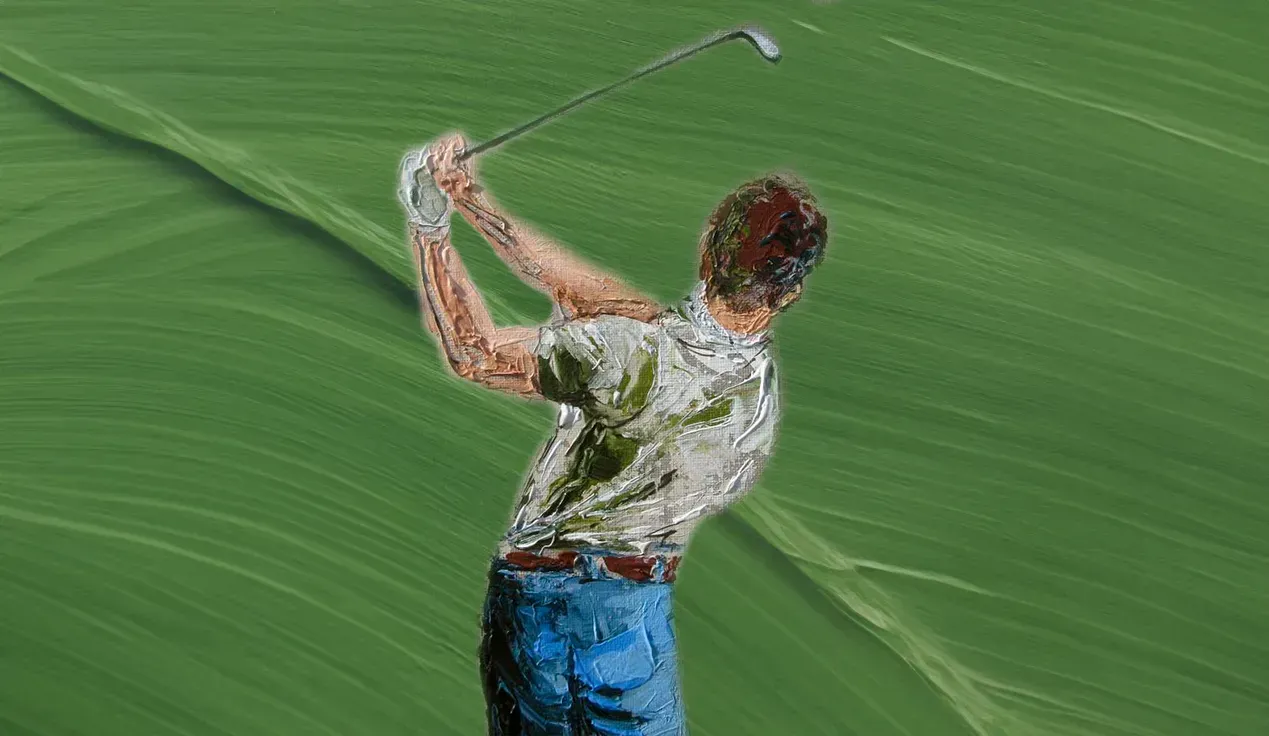
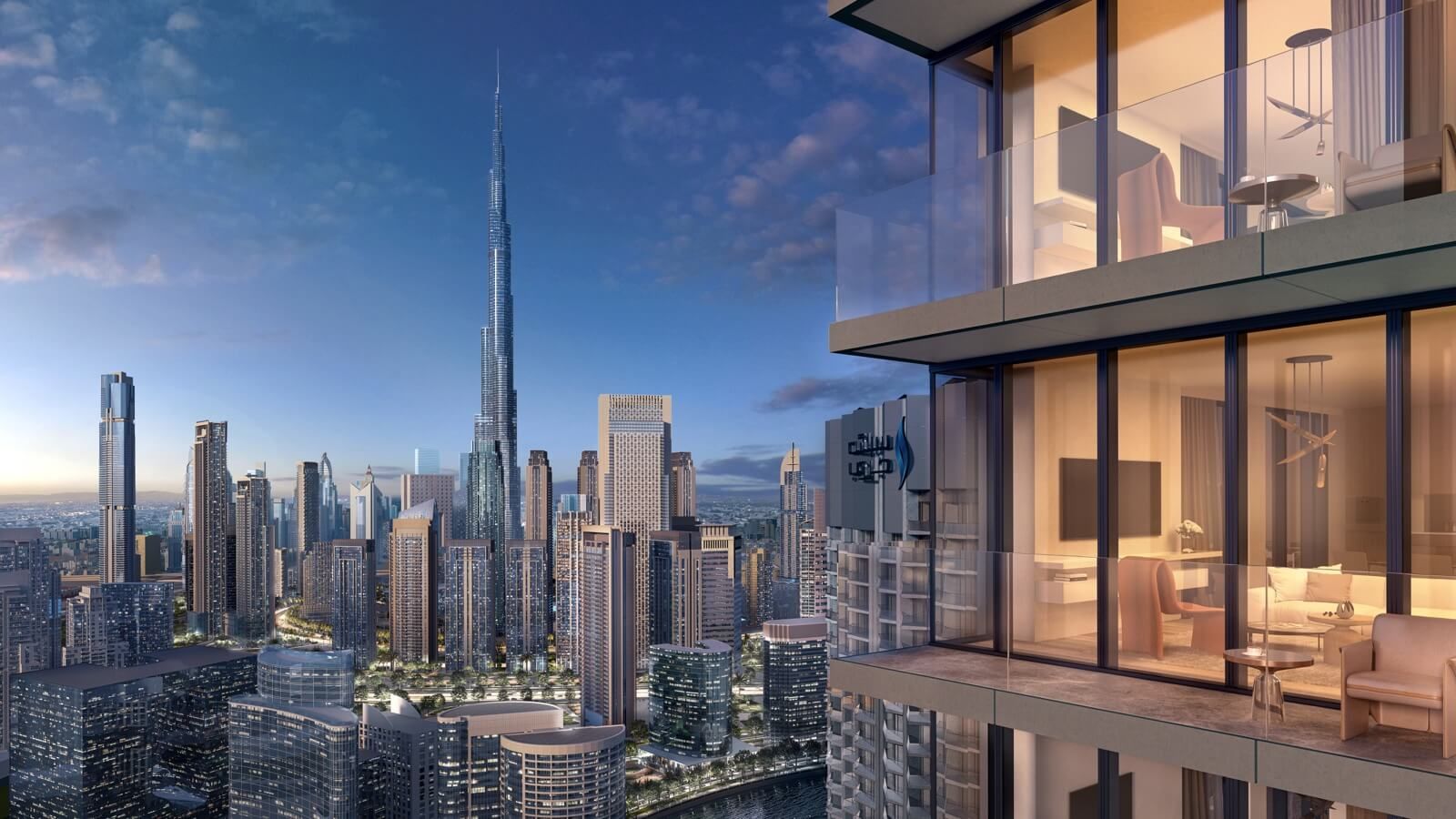
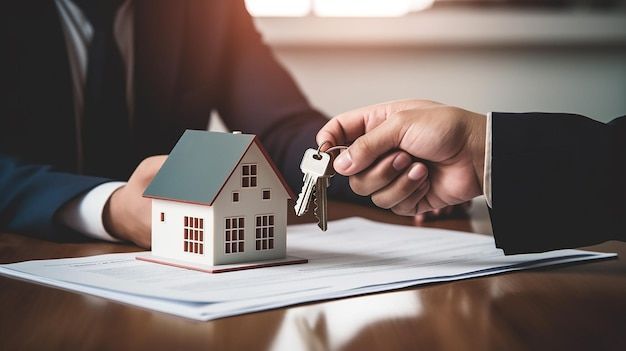
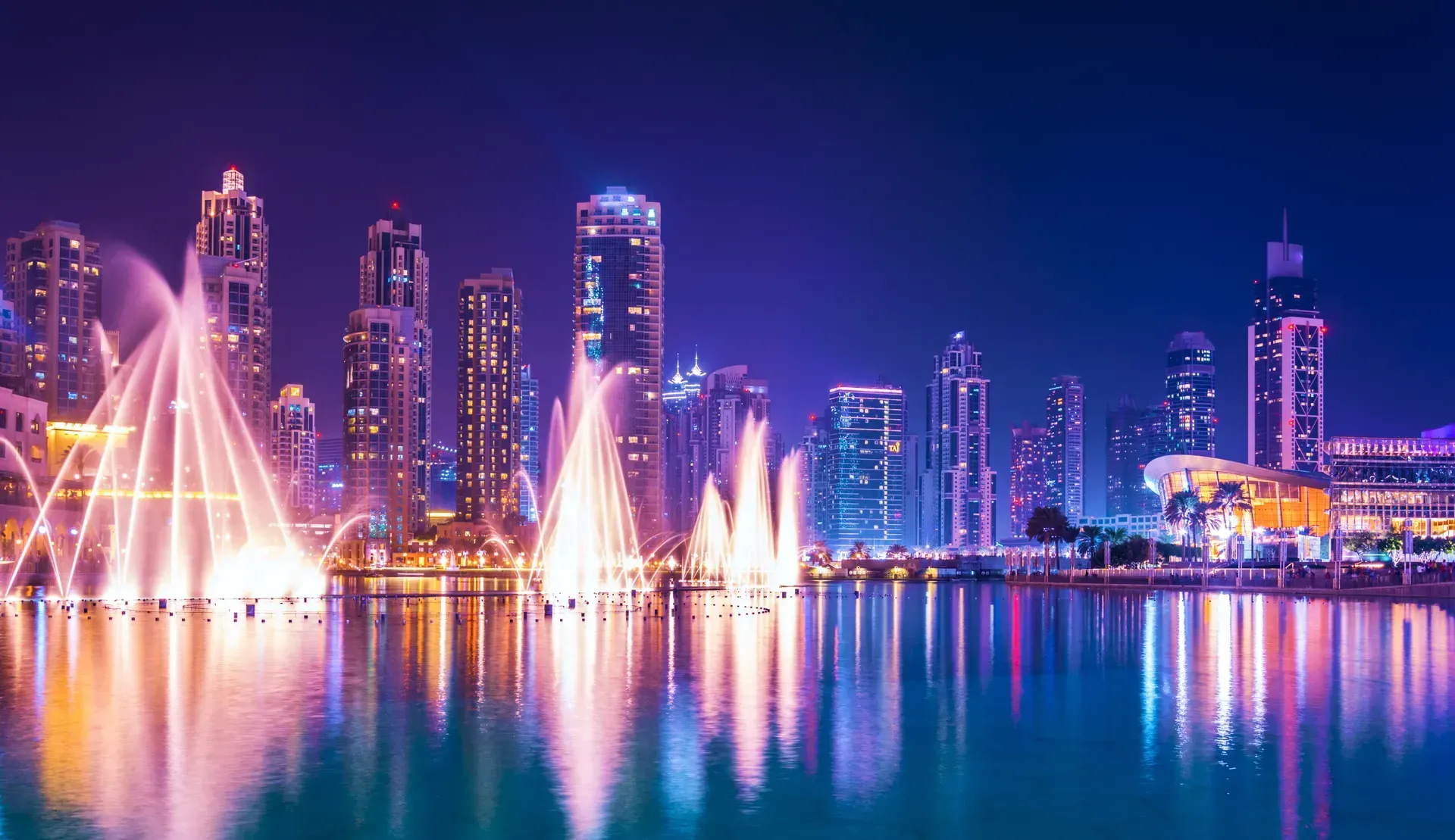
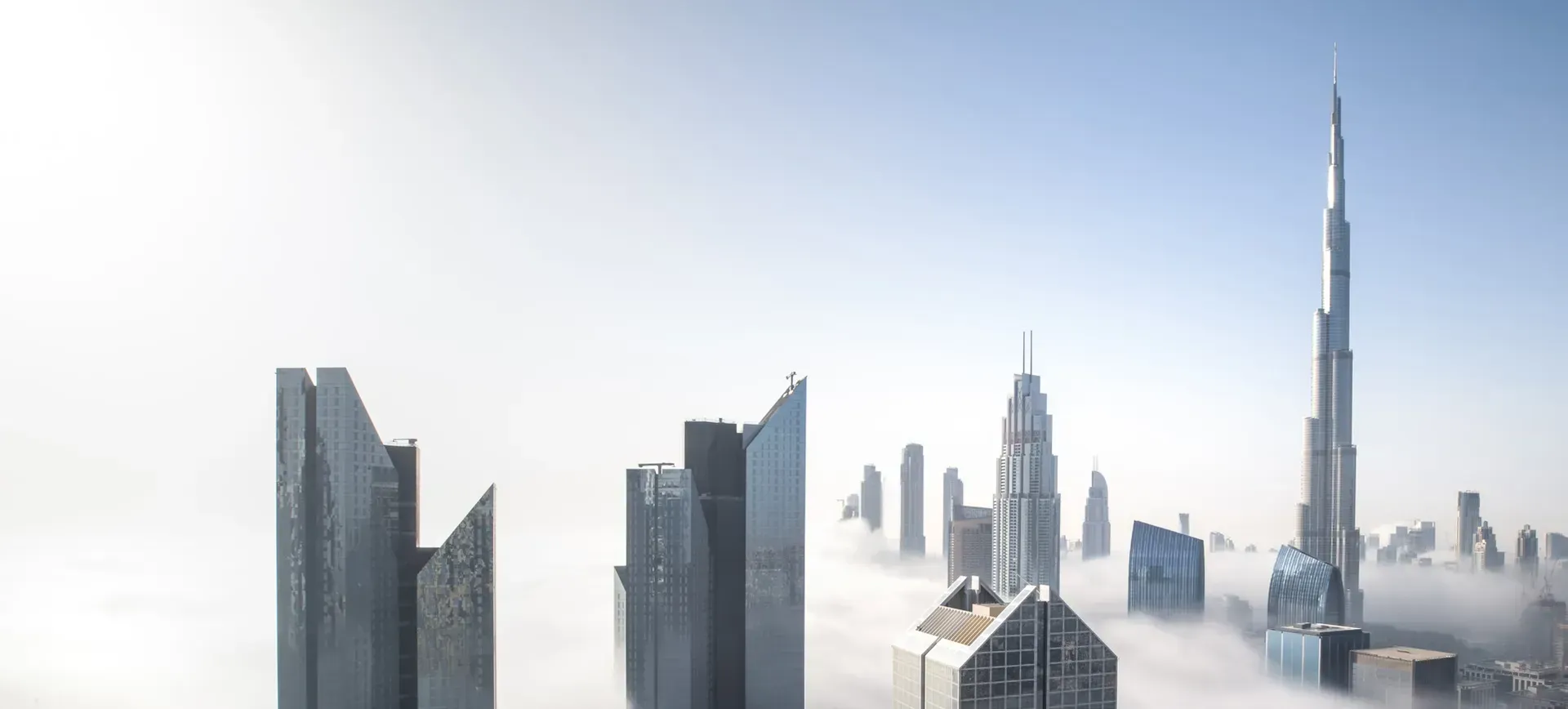
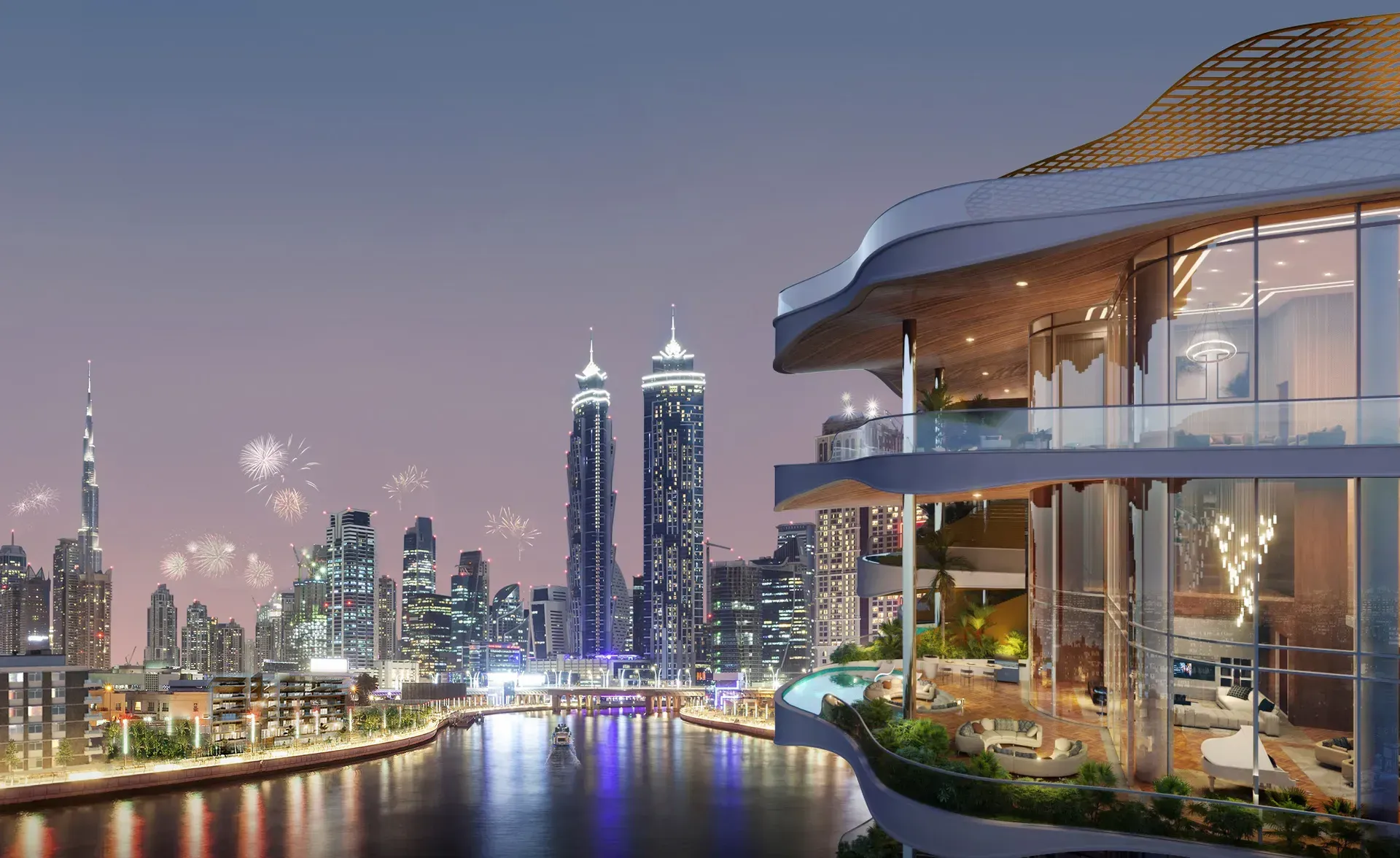
MENU
CONTACT
+971 50 947 2404
info@qicrealty.com
Westburry Tower,
Business Bay, Dubai
United Arab Emirates
NEWSLETTER
Join our newsletter and get exclusive insights
Join the Newsletter
We will get back to you as soon as possible
Please try again later
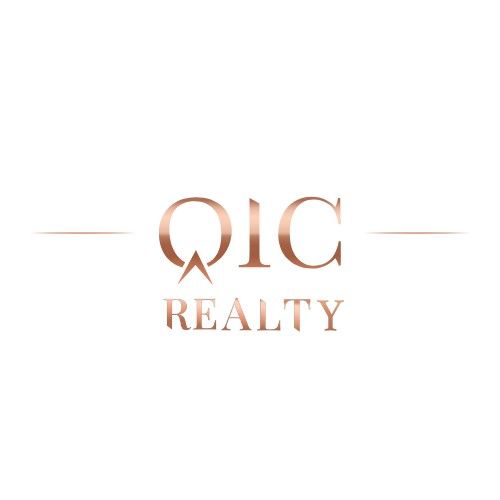
COMPANY
We unite investors’ interests, curated properties, energetic team, innovations & aesthetics in one place. As the region's premier destination for buying and selling luxury real estate, we have proudly served the area for many years.
QIC REALTY ©2025 All Rights Reserved












